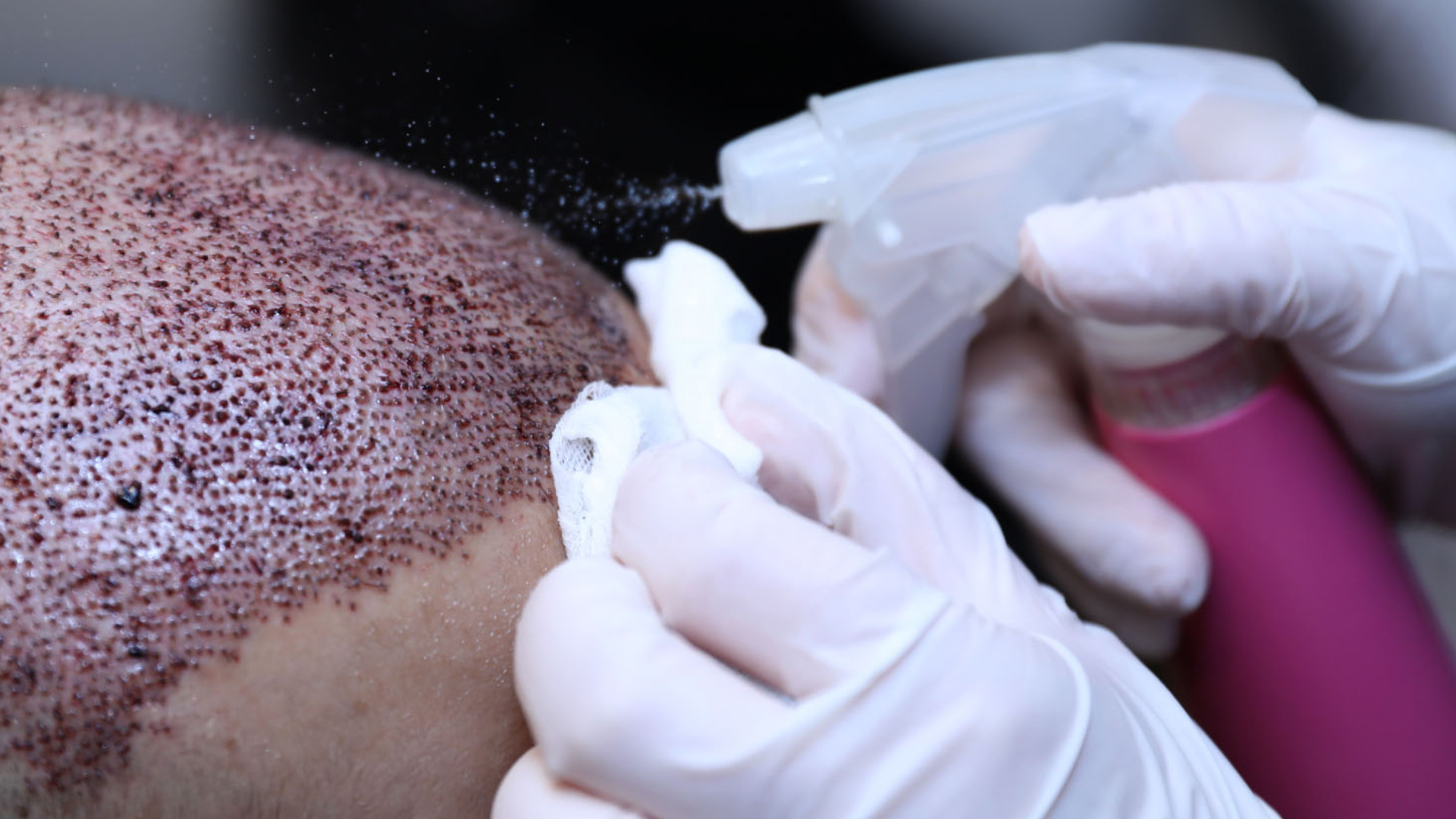
The decision to undergo a hair transplant—whether through Follicular Unit Extraction (FUE) or Follicular Unit Transplantation (FUT)—marks a significant turning point in the journey toward hair restoration. While the surgical skill of the medical team is paramount, the patient’s pre-operative preparation plays an equally critical, though often underestimated, role in determining the success of the graft survival, the smoothness of the procedure, and the speed of the subsequent recovery. The day of the surgery is the culmination of careful planning, demanding rigorous adherence to specific medical, dietary, and logistical protocols established by the clinic. This preparation is not merely about convenience; it directly influences factors such as bleeding control, the efficacy of the anesthesia, and the reduction of post-operative infection risk. Ignoring the detailed pre-operative instructions can compromise the viability of the donor grafts and prolong the healing process, thereby jeopardizing the entire aesthetic outcome. This guide moves beyond superficial advice, offering a structured, actionable framework to ensure the patient arrives optimally ready for their transformative day.
A Crucial, Though Often Underestimated, Role
The patient’s pre-operative preparation plays an equally critical, though often underestimated, role in determining the success of the graft survival, the smoothness of the procedure, and the speed of the subsequent recovery.
The phase leading up to the hair transplant is fundamentally about optimizing the body’s internal environment to receive the new grafts and minimize complications. The two primary, interconnected goals are reducing the risk of excessive intraoperative bleeding and ensuring the scalp is a clean, receptive environment. Excessive bleeding complicates the procedure by obscuring the surgical field, making the precise placement of grafts more difficult, and potentially interfering with the survival of the newly transplanted follicles. Therefore, meticulous control over medications, supplements, and dietary choices that thin the blood is non-negotiable in the week preceding the surgery. Similarly, preparing the scalp by following specific cleaning and hygiene protocols minimizes the presence of bacteria that could lead to post-operative infection, a direct threat to the survival rate of the delicate grafts.
The Absolute Ban on Blood Thinners
Meticulous control over medications, supplements, and dietary choices that thin the blood is non-negotiable in the week preceding the surgery.
The most critical pre-operative instruction relates to the cessation of all substances that possess blood-thinning (anticoagulant) properties. This prohibition extends far beyond prescription medications like Aspirin or Warfarin, which must be managed only under the explicit guidance of the prescribing physician. It rigorously includes numerous common over-the-counter supplements that patients often neglect to mention. Specifically, patients must discontinue all use of Vitamin E, Ginkgo Biloba, Ginseng, Turmeric, high-dose Fish Oils (Omega-3 fatty acids), and Garlic supplements for a minimum of seven to ten days before the procedure. Failure to eliminate these compounds can lead to prolonged bleeding during the harvesting and implantation phases, significantly increasing swelling and bruising post-operatively, which hinders the precise work of the surgical team.
Caffeine and Nicotine: Vaso-Constriction Risk
Nicotine and caffeine are powerful vasoconstrictors, meaning they cause blood vessels to narrow, which is highly detrimental to the delicate blood supply necessary for graft survival.
On the day of surgery, and often for 24 hours prior, the consumption of caffeine and nicotine must be strictly avoided. This mandate is rooted in their effect as powerful vasoconstrictors, meaning they cause blood vessels to narrow, which is highly detrimental to the delicate blood supply necessary for graft survival. Nicotine, specifically, has been shown to compromise circulation by restricting blood flow, thus starving the freshly transplanted follicles of the vital oxygen and nutrients they need to establish themselves in the recipient site. Similarly, the stimulatory effects of caffeine can increase heart rate and blood pressure, potentially leading to increased bleeding. Abstaining from coffee, tea, energy drinks, and all tobacco products is a direct investment in the vascular health of the recipient area, maximizing the biological conditions for successful healing and growth.
Hydration and Nutritional Strategy
The body must be well-hydrated and adequately nourished to maintain blood pressure stability throughout the long surgical process.
While focused on avoidance, the pre-operative strategy also involves a commitment to optimal internal environment support. The body must be well-hydrated and adequately nourished to maintain blood pressure stability throughout the long surgical process, which can last six to eight hours. Patients are advised to drink plenty of water in the days leading up to the transplant, ensuring they are not dehydrated upon arrival. On the morning of the procedure, a light, balanced, non-greasy breakfast is essential. A nutritious meal provides a steady energy source for the patient and helps stabilize blood sugar, which is critical for comfort and tolerance during the extensive period of sitting. Conversely, heavy or spicy foods should be avoided, as they can sometimes lead to nausea or discomfort during the procedure.
The Critical Scrutiny of Hair Washing Protocols
The night before and the morning of the surgery, the hair and scalp must be thoroughly and meticulously washed using a gentle, unperfumed shampoo.
The hygiene of the scalp is not a trivial detail; it is a clinical requirement. The night before and the morning of the surgery, the hair and scalp must be thoroughly and meticulously washed using a gentle, unperfumed shampoo. The goal is to remove all traces of oil, styling products, dandruff, and environmental contaminants. Patients must refrain from applying any gels, sprays, fibers, or concealers to the hair on the day of the transplant. A clean scalp is less likely to harbor bacteria that could be pushed into the surgical sites, dramatically reducing the risk of folliculitis or a more severe post-operative infection. This step requires the patient to be diligent, ensuring no residual product could interfere with the surgeon’s ability to mark the recipient area or compromise the sterility of the field.
Clothing and Comfort for the Long Day
The single most important practical requirement is to wear a loose-fitting, button-up or zip-up shirt or jacket.
While seemingly minor, the choice of attire directly impacts the safety and integrity of the newly implanted grafts. The single most important practical requirement is to wear a loose-fitting, button-up or zip-up shirt or jacket. After the surgery is complete, the recipient area will be covered with hundreds or thousands of newly placed grafts that are extremely vulnerable to shearing forces. Attempting to pull a tight T-shirt or sweater over the head can snag and dislodge these grafts, undoing hours of meticulous work. Furthermore, wearing comfortable, loose-fitting clothes, including socks and soft pants, is crucial for tolerating the extended duration of the procedure, which often involves long periods of sitting or lying in a constrained position.
Managing the Psychological Environment: Expectations and Anxiety
The patient should arrive with a clear, realistic set of aesthetic expectations that have been thoroughly discussed and finalized with the surgical team beforehand.
Mental preparation is just as vital as physical preparation. The patient should arrive with a clear, realistic set of aesthetic expectations that have been thoroughly discussed and finalized with the surgical team beforehand. The procedure itself can be long, and while local anesthesia ensures no pain, the sounds and sensations can be emotionally taxing. Patients should bring distractions, such as an audiobook or a fully charged tablet, to help manage the hours-long process. Addressing pre-operative anxiety through open discussion with the clinic staff or employing simple relaxation techniques can significantly improve the patient’s experience and tolerance, contributing to a calmer, more controlled operative environment, which benefits the entire team’s focus and precision.
The Logistical Plan: Transport and Aftercare
A detailed logistical plan for transport and the initial 24 hours post-procedure is a necessary safety component.
Given that the patient will be given sedation (though light) and local anesthesia, which may impair driving ability, a detailed logistical plan for transport and the initial 24 hours post-procedure is a necessary safety component. The patient must arrange for a reliable adult to drive them home and, ideally, remain with them for the first night to monitor for any unexpected post-anesthesia effects or complications. Furthermore, they must have a clean, designated sleeping area ready—often equipped with extra pillows to maintain the elevated head position recommended to minimize post-operative swelling. Preparing the aftercare medications and supplies (e.g., pain relievers, prescribed sprays) in advance prevents frantic last-minute searches when the patient is fatigued and uncomfortable.
Scalp and Hair Length Requirements: The Shave
Patients must confirm whether the clinic intends to perform a full shave, a partial shave, or a non-shaven (Long Hair FUE) technique.
The length of the hair, particularly in the donor area, is a critical technical requirement that must be clarified with the clinic. Patients must confirm whether the clinic intends to perform a full shave, a partial shave, or a non-shaven (Long Hair FUE) technique. If a shave is required, patients should refrain from attempting to shave their own head beforehand, as the surgeon must precisely control the length of the hairs in the donor area (usually 1-3mm) to facilitate the extraction of the follicular units. An improperly shaved donor area can delay the start of the procedure or, worse, lead to damage during the extraction phase. The patient should simply arrive with clean hair at the length instructed by the clinic.
Final Preparation Checklist and Communication
Prior to leaving for the clinic, the patient should perform a final mental checklist, confirming adherence to all instructions and packing essential items.
The final hours before the procedure should be calm and organized. Prior to leaving for the clinic, the patient should perform a final mental checklist, confirming adherence to all instructions and packing essential items. This includes identification, any necessary payment, prescribed antibiotics (if pre-loaded), and the contact information of their ride. Crucially, any last-minute deviation from the pre-operative instructions—such as having accidentally taken an aspirin—must be immediately and transparently communicated to the clinic staff upon arrival. Hiding such information can endanger the patient and compromise the result. The transplant team can often make real-time adjustments (e.g., delaying a small amount of the anesthesia, choosing a less invasive technique) if they are made aware of the issue before the sterile field is established.
